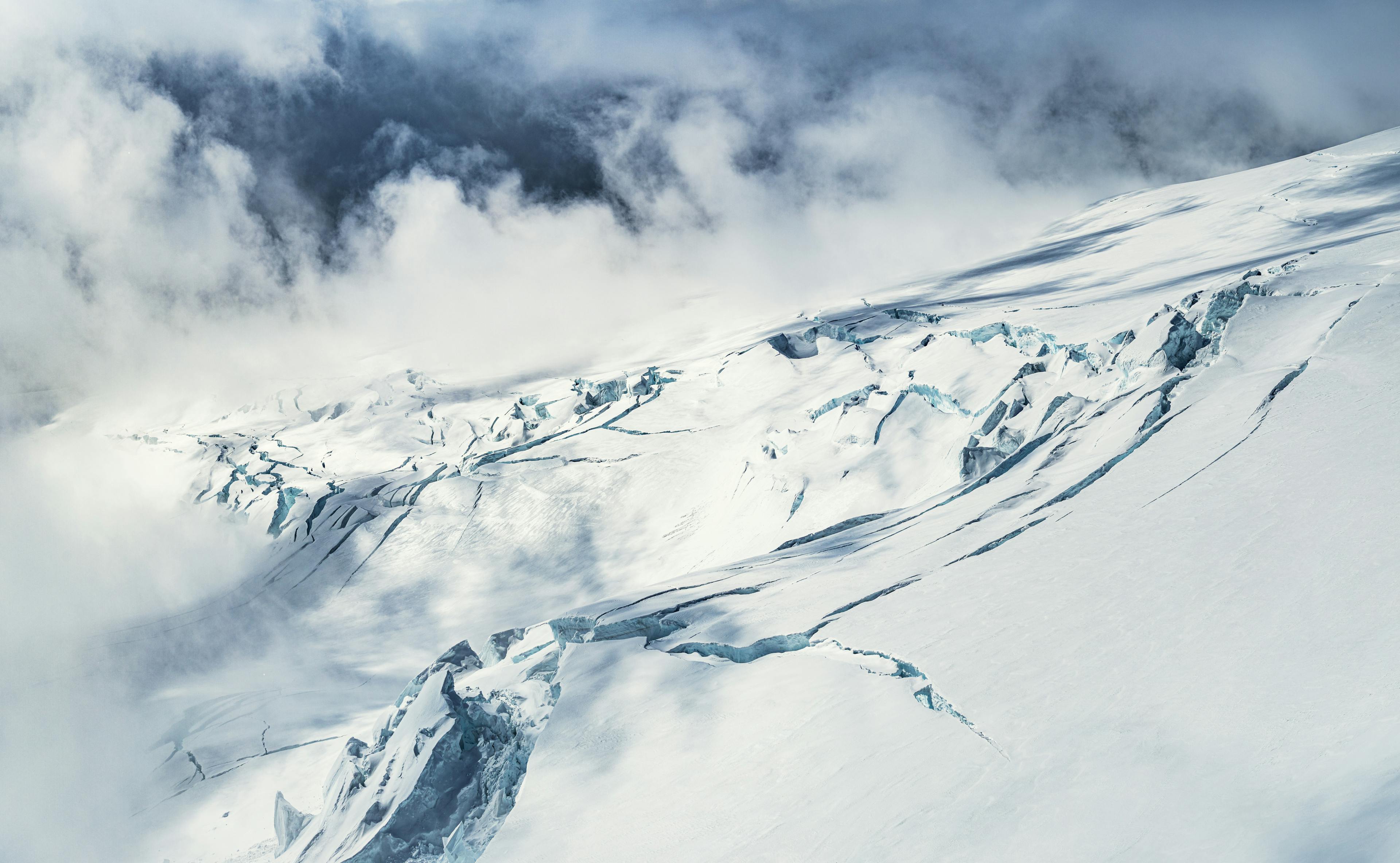
What are Ice Sheets
Ice sheets are vast expanses of glacial ice and snow that cover significant portions of the Earth’s surface. Found mainly in Greenland and Antarctica, these enormous ice masses are central to our planet’s climate system, acting as mirrors that reflect sunlight back into the atmosphere, regulating global temperatures. However, their influence extends far beyond their icy confines, affecting sea levels, ocean currents, and even weather patterns across the globe.
Iceland, a nation synonymous with ice and fire due to its unique geological features, shares a profound connection with these icy giants, offering a microcosm of their significant environmental impact.
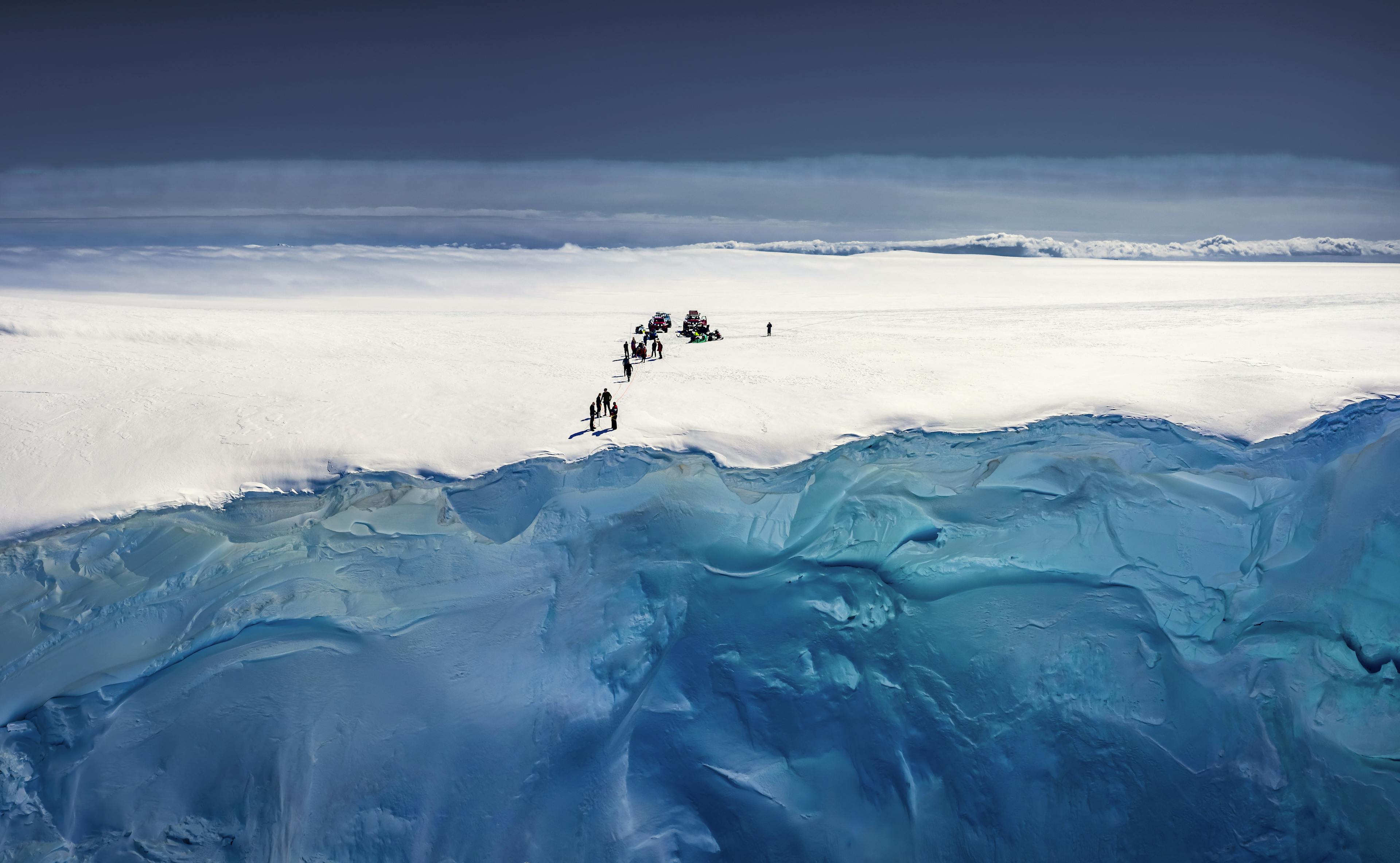
How are Ice Sheets Formed?
Ice sheets are essentially enormous glaciers, large enough to cover thousands of square kilometres of land and significantly alter the continental crust’s shape beneath them. They are formed over millennia, as snowfall exceeds snowmelt year after year, compacting into dense, layered ice. There are only two actual ice sheets on Earth today: the Antarctic Ice Sheet and the Greenland Ice Sheet. Together, they contain more than 99% of the freshwater ice on the planet.
The Antarctic and Greenland Ice Sheets
The Antarctic Ice Sheet spans approximately 14 million square kilometres, making it almost the size of the United States and Mexico combined. Meanwhile, the Greenland Ice Sheet is smaller but still immense, covering around 1.7 million square kilometres. These ice sheets are dynamic entities, constantly flowing and reshaping under their own weight and the influence of temperature and precipitation patterns.
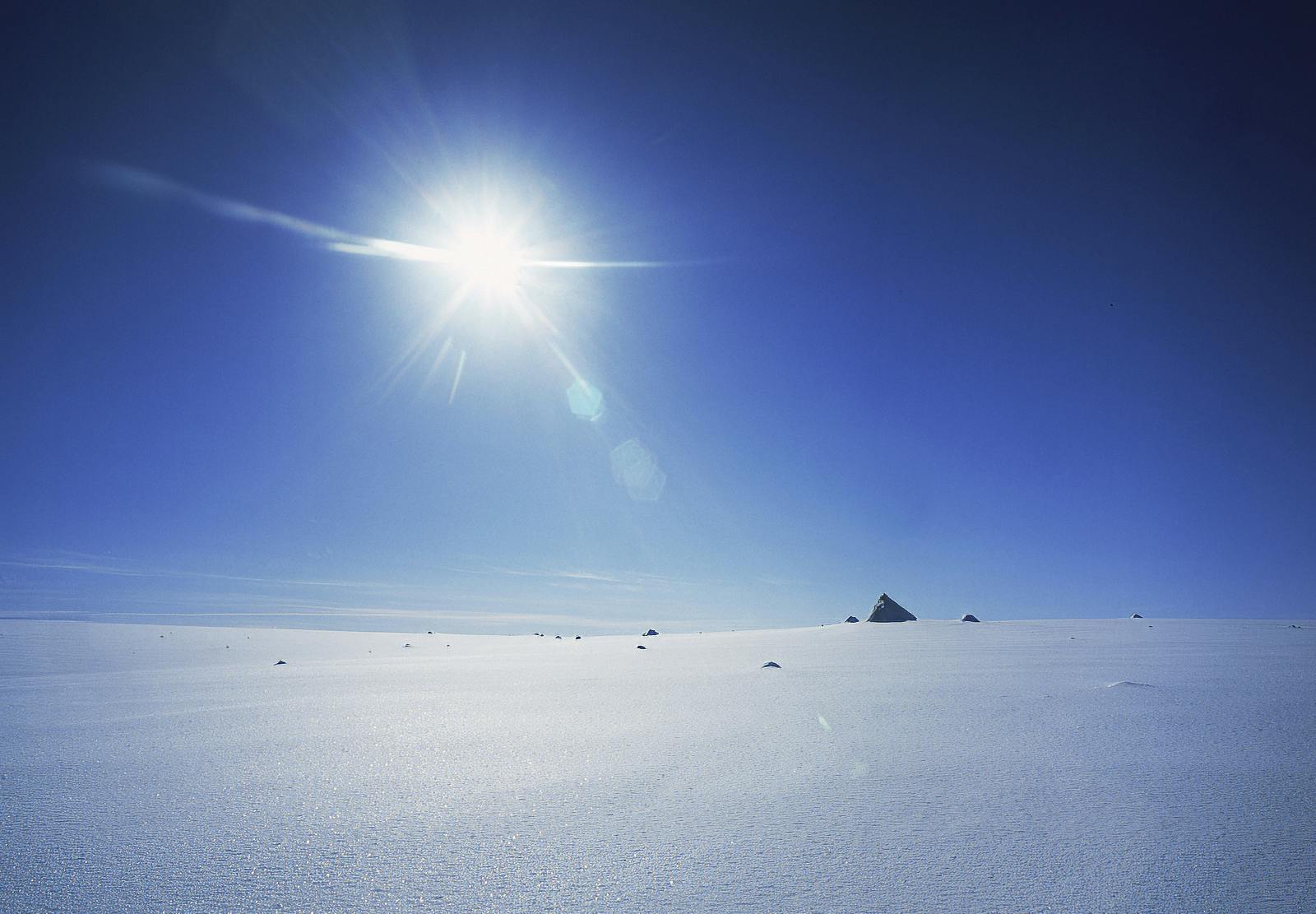
Ice Sheets and Global Climate
Ice sheets play a pivotal role in the Earth’s climate system; they reflect a significant portion of the sun’s rays back into space, which helps to moderate global temperatures. This cooling effect is crucial in maintaining the delicate balance of the planet’s climate system. However, as global temperatures rise due to climate change, ice sheets are increasingly under threat.
Melting ice sheets contribute to rising sea levels, which can lead to coastal erosion, increased flooding, and the displacement of communities. Moreover, the freshwater from melting ice dilutes seawater, potentially disrupting ocean currents that regulate the Earth’s climate.
Iceland in Relation to Ice Sheets
Iceland, straddling the Arctic Circle, is a unique bridge between the world of ice sheets and human civilisation. Iceland is home to active volcanoes, geothermal wonders, and vast glaciers that are miniature counterparts of the larger ice sheets found in Greenland and Antarctica.
Iceland’s glaciers, including Vatnajökull, the largest glacier in Europe, provide scientists with valuable insights into the dynamics of ice movement, melting patterns, and their implications for global sea-level rise. These ice masses are studied intensively to understand how glaciers and ice sheets respond to climate change. The dramatic changes observed in Iceland’s glaciers—retreating at an unprecedented rate—mirror the larger-scale melt-off happening in Greenland and Antarctica, offering a stark warning of the potential future for the planet’s ice reserves.

The Impact of Ice Sheets on Iceland
The relationship between Iceland and its glaciers is deeply intertwined. Glaciers are a source of national pride, a cornerstone of Icelandic identity and a vital part of the ecosystem. They provide fresh water for rivers and lakes, influence local weather patterns, and are a crucial resource for hydroelectric power.
However, as these glaciers melt, Iceland faces challenges similar to those predicted for other parts of the world affected by the melting of the larger ice sheets. Changes in freshwater availability, alterations in landscape and ecosystems, and the potential for increased volcanic activity due to the release of pressure on the Earth’s crust are all concerns for Iceland as its ice retreats.
Why are Ice Sheets Important?
In conclusion, ice sheets are majestic natural wonders and critical components of the Earth’s environmental system. Their relationship with Iceland highlights the interconnectedness of climate, geography, and human activity. As the world grapples with the challenges of climate change, the story of ice sheets and Iceland serves as a reminder of what is at stake and the collective action required to protect our planet for future generations.
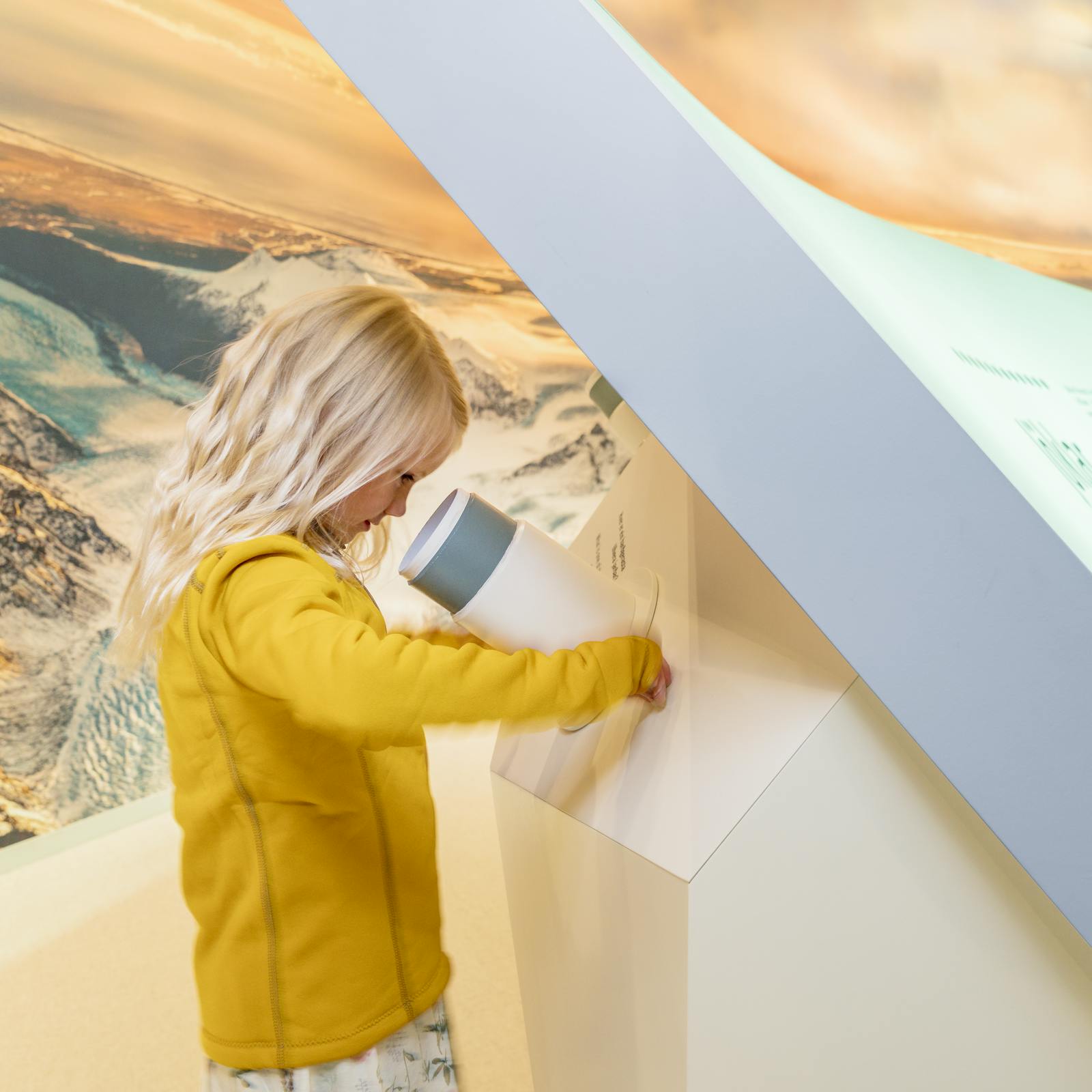
Where Can I Learn About Glaciers in Reykjavík?
Perlan’s Wonders of Iceland exhibition features an ice cave that is 100 metres long and made from more than 350 tonnes of snow from Icelandic mountains. Ice caves are a natural phenomenon within glaciers during the deep winter months. Meltwater streams carve these fantastic caves, and at Perlan, guests can see a real ice cave in a safe and secure environment. A visit to an ice cave is a magical experience that no one who comes to Iceland should miss, and Perlan offers year-round travellers a chance to get a sense of this unique natural phenomenon.
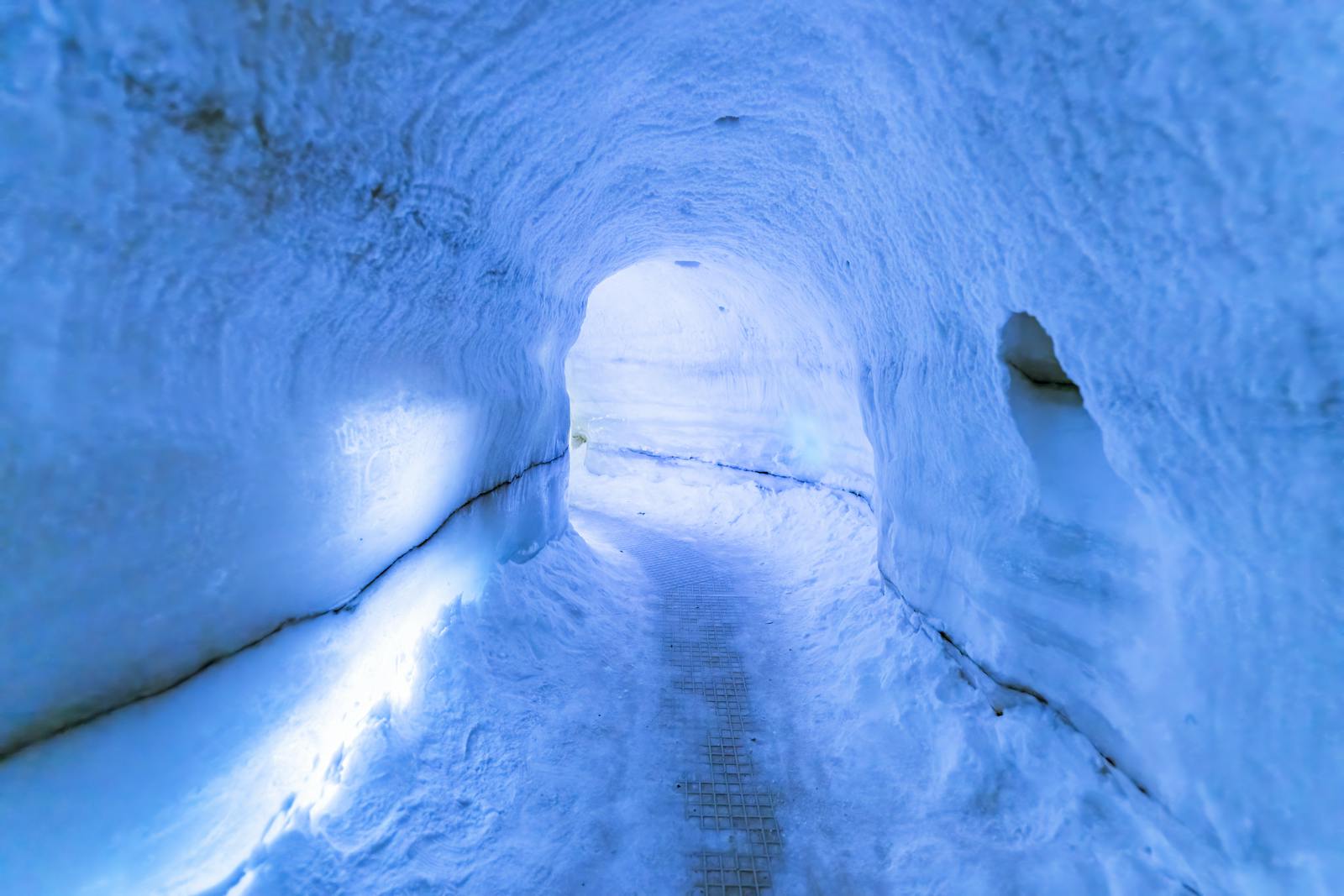
In addition to their natural beauty, Iceland’s glaciers are significant for the environment as they are an essential source of fresh water for the island and play a vital role in regulating its climate.
At Perlan, guests can explore Iceland’s’ natural wonders through a series of exhibits and immersive presentations, including ice caves and glaciers, as well as northern lights and volcanoes.
FAQ
Is it safe to visit glaciers in Iceland?
Glaciers are perfectly safe from a distance, but travellers should never attempt to walk on a glacier without a trained guide. Some snow-covered cracks and crevices can pose great danger to those unfamiliar with the surroundings. Guided tours are advisable to fully experience a glacier in Iceland.
Why are glaciers important to Iceland?
The fate of Iceland’s glaciers offers a glimpse into the broader implications of ice sheet dynamics on a warming planet. As researchers continue to monitor and study these icy giants, their findings underscore the urgency of addressing climate change. Preserving ice sheets and glaciers is not just about saving stunning landscapes; it’s about maintaining the global climate system, protecting coastal communities, and preserving biodiversity.
What is the difference between glaciers and ice sheets?
Glaciers are flowing ice bodies that form on land from accumulated snowfall, compacting into ice over time, and can vary in size. They can be classified into three groups according to their size. Valley glaciers are small and highly related to the landscape. Ice domes are larger or up to 50,000 square kilometres, while ice sheets are massive layers of glacial ice that cover more than 50,000 square kilometres.
What are ice sheets made of?
Ice sheets are made of layers of compacted snow and ice that have accumulated over thousands of years, transforming snow into dense ice through pressure and time.
What is the biggest ice sheet in the world?
The largest ice sheet in the world is the Antarctic Ice Sheet, covering most of the Antarctic continent.
Where is the most ice on Earth?
The most ice on Earth is found in Antarctica, which holds the Antarctic Ice Sheet, the largest single mass of ice on the planet.
What is the thickest ice on Earth?
The thickest ice on Earth is also found in Antarctica, with ice thickness reaching up to 4,776 meters (15,669 feet) at its deepest point.
Popular tours
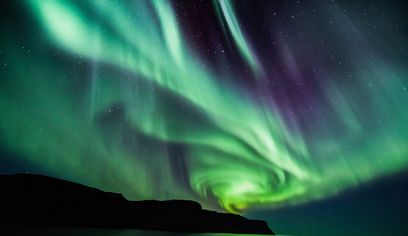
The #1 Northern Lights Tour in Iceland | FREE photos, Homemade Hot Chocolate & cinnamon buns

Reykjavík Northern Lights Cruise

Aurora Basecamp Night pass

Reykjavík Whales & Northern Lights

Northern Lights Tour from Reykjavik, With Photographs, Local Pastrys and Hot Chocolate

DT 310 Private Superjeep Northern Lights

NORTHERN LIGHTS AND STARGAZING (Guided in 10 languages)

GOLDEN CIRCLE AND NORTHERN LIGHTS (Guided in 10 languages)

Aurora Viking - The Private Tour - Northern Lights Tour

Northern Lights w/Aurora Viking - free pro photos - Free Retry – minibus
